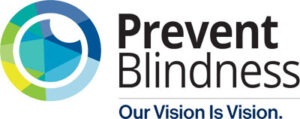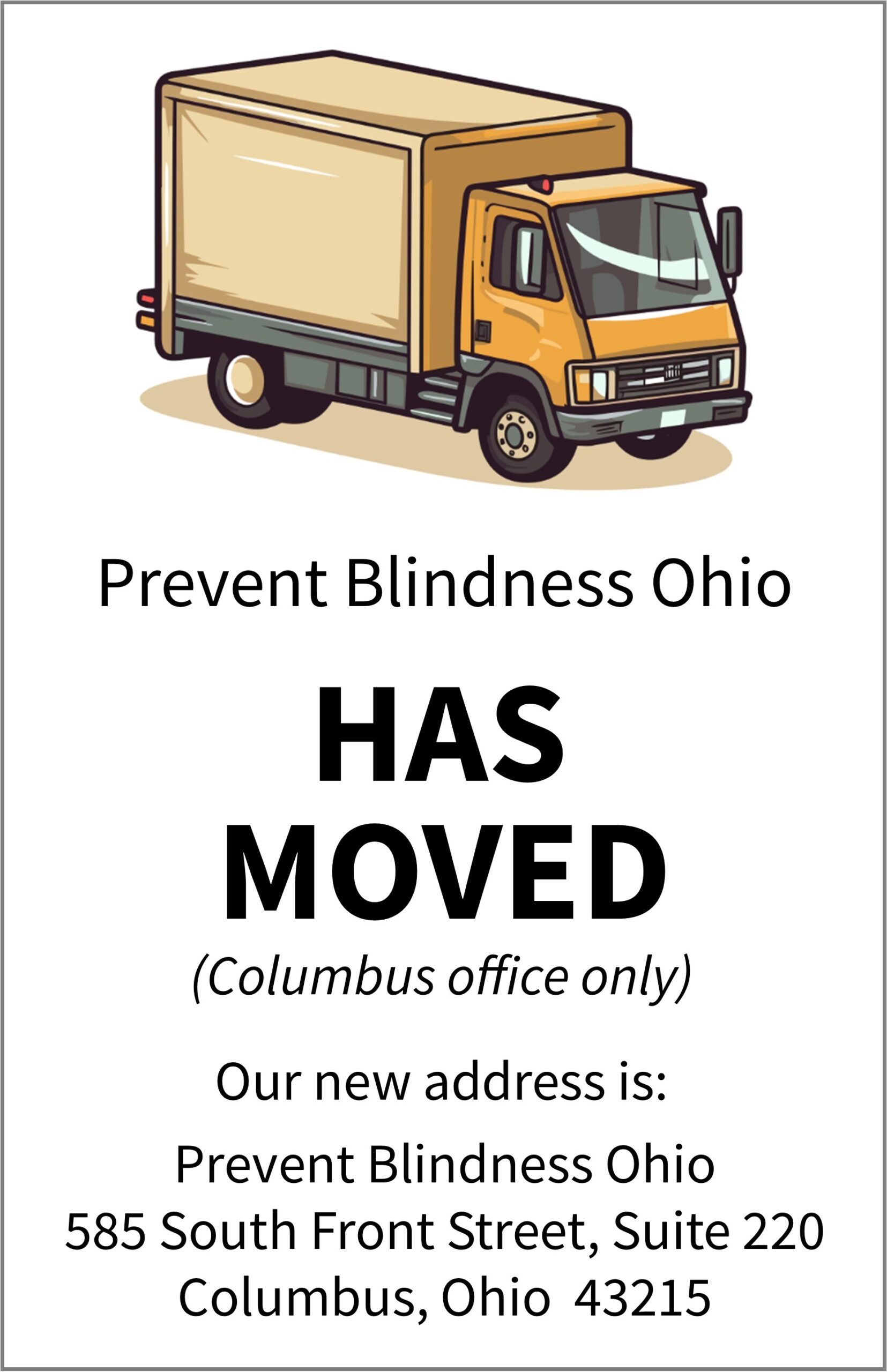
FOR IMMEDIATE RELEASE
For more information:
Prevent Blindness, Ohio Affiliate
Dori Jennings
(614)270-0746
[email protected]
Prevent Blindness Declares April as Women’s Eye Health and Safety Month, Provides Resources to Help Protect Women’s Vision
– Prevent Blindness, Ohio Affiliate Offers Educational Videos, Fact Sheets, and Graphics on Topics Related to Women’s Vision and Eye Health –
Columbus, OH (April 6, 2022) – Women are at higher risk for vision impairment and blindness than men, yet are less likely to receive treatment. According to a recent report, “The Lancet Global Health Commission on Global Eye Health: vision beyond 2020,” the gender imbalance can be attributed to demographic factors (women living longer than men) and social factors (women having reduced access to care).
Prevent Blindness, Ohio Affiliate has declared April as Women’s Eye Health and Safety Month in an effort to educate the public on the increased risk women have of vision health issues, as well as recommend steps that can be taken to prevent vision loss. The group provides a variety of free resources, including videos, fact sheets, shareable social media graphics, and a listing in English and Spanish of financial assistance programs for eyecare.
According to the Society for Women’s Health Research (SWHR), the following eye diseases and conditions occur more frequently in women:
- Refractive Error – 26 percent more females than males over the age of 12 have uncorrected visual impairment due to refractive error
- Dry Eye – Two times more women than men over the age of 50 have dry eye disease
- Age-related Macular Degeneration – 65 percent of individuals in the United States with Age-related Macular Degeneration are women
- Cataract – 61 percent of individuals in the United States with cataract are women
- Glaucoma – 67 percent of individuals in the United States with glaucoma are women
- Thyroid Eye Disease (TED) – TED is 5-6 times more common in women than men
Prevent Blindness recently collaborated with the SWHR and other leading organizations to develop the SWHR Patient Toolkit: A Guide to Women’s Eye Health, designed to empower individuals to navigate their eye health and eye care. The toolkit aims to facilitate productive conversations between patients and health care providers at all stages of eye health. Prevent Blindness also participated in the recent webinar, “20/20 Foresight: Understanding Women’s Eye Health and Supporting Patient Needs.”
As part of April’s Women’s Eye Health and Safety Awareness Month, Prevent Blindness will be debuting a new video, “Diabetes, Vision Loss, and Mental Wellness,” as part of the new Diabetes + the Eyes educational series, featuring patient advocate Serena Valentine, mental health expert Melissa Taussig, and diabetes specialist Lisa Golden. Ms. Valentine and Ms. Taussig share their experiences of vision impairment, the impact of vision impairment on mental health, and the tools they use to remain independent. Ms. Valentine and Ms. Golden are volunteer participants in the Prevent Blindness A.S.P.E.C.T. (Advocacy, Support, Perspective, Empowerment, Communication, and Training) Program, that equips participants with knowledge, skills, and confidence to be advocates for vision and eye health.
During the month, Janine Austin Clayton, M.D., FARVO, Associate Director for Research on Women’s Health and Director, Office of Research on Women’s Health at the National Institutes of Health (NIH), will be joining Jeff Todd, president and CEO of Prevent Blindness, for a new episode in the Focus on Eye Health Expert Series. Dr. Clayton will discuss a variety of topics including eye disease in women, research, inequities in access to eyecare and the impact of vision loss on mental health.
“Early diagnosis and treatment can prevent or lessen the severity of permanent vision loss from many eye diseases and conditions. That’s why it’s so important for women to make their own eye health a priority to help avoid preventable vision issues in the near and distant future,” said Amy Pulles, President & CEO of the Ohio Affiliate of Prevent Blindness.
For more information on women’s eye health, including fact sheets on eye diseases and eye protection, please contact Prevent Blindness, Ohio Affiliate at 800-301-2020 or pbohio.org. A free listing of financial assistance services in English and Spanish is available at: preventblindness.org/vision-care-financial-assistance-information/.
About Prevent Blindness, Ohio Affiliate
Founded in 1908, Prevent Blindness is the nation’s leading volunteer eye health and safety organization dedicated to fighting blindness and saving sight. The Ohio Affiliate of Prevent Blindness serves all 88 Ohio counties, providing direct services to 1,000,000 Ohioans annually and educating millions of consumers about what they can do to protect and preserve their precious gift of sight. For more information or to contribute, call 800-301-2020. Visit us on the web at pbohio.org, Facebook at facebook.com/pbohio/, or Twitter at twitter.com/PB_Ohio
###

